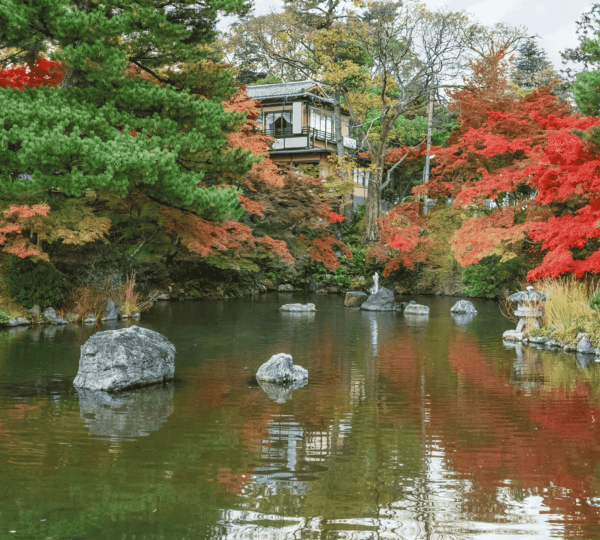Kyoto, Japan: A Timeless Destination

Kyoto, Japan: A Timeless Destination
Kyoto, the ancient capital of Japan, is a city that beautifully preserves its rich history while seamlessly blending it with modern life. Renowned for its stunning temples, exquisite gardens, and vibrant traditions, Kyoto offers travelers an unforgettable experience. Here’s why Kyoto should be at the top of your travel list.
A Glimpse into History
Kyoto was the imperial capital of Japan for over a thousand years (from 794 to 1868), and its historical significance is palpable in its architecture and culture. The city is home to 17 UNESCO World Heritage Sites, including the famous Kinkaku-ji (Golden Pavilion) and Ginkaku-ji (Silver Pavilion). Each temple showcases exquisite design and breathtaking gardens, reflecting the harmony between nature and architecture. Exploring these sites offers visitors a chance to step back in time and appreciate Japan’s cultural heritage.
The Beauty of Nature
One of the most enchanting aspects of Kyoto is its natural beauty. The city is surrounded by mountains and has numerous parks and gardens. The Arashiyama Bamboo Grove is a must-visit, where towering bamboo stalks create a serene and otherworldly atmosphere. In spring, cherry blossoms transform the city into a sea of pink, especially at famous spots like Maruyama Park and the Philosopher’s Path. Autumn brings vibrant hues of red and gold, making it an equally stunning time to visit.
Temples and Shrines
Kyoto is famous for its stunning temples and shrines, each with its unique charm. Kinkaku-ji, with its gold leaf exterior, is one of the most photographed sites in Japan. The tranquil Ginkaku-ji, despite its name meaning “Silver Pavilion,” is equally beautiful, set against the backdrop of lush gardens. Fushimi Inari Taisha is another iconic site, known for its thousands of vibrant vermilion torii gates that lead up the sacred Mount Inari. These gates, donated by individuals and businesses, create a mesmerizing path that visitors can hike through, immersing themselves in both nature and spirituality.
Cultural Experiences
Kyoto is a hub of traditional Japanese culture, offering visitors a chance to engage with age-old customs. Participate in a traditional tea ceremony, where you can savor matcha (green tea) while learning about the art of tea preparation. The city is also home to various cultural performances, such as kabuki and maiko (apprentice geisha) dances. For a truly unique experience, consider booking a stay in a ryokan (traditional Japanese inn) where you can enjoy kaiseki, a multi-course meal that highlights seasonal ingredients.
Culinary Delights
Kyoto’s culinary scene is as rich as its history. The city is famous for its kaiseki cuisine, a refined dining experience that showcases seasonal and local ingredients. Additionally, Kyoto is known for yudofu (tofu hot pot), yuba (tofu skin), and pickled vegetables called tsukemono. Nishiki Market, often referred to as “Kyoto’s Kitchen,” is a bustling food market where you can sample various local delicacies and purchase unique souvenirs.
Accessibility and Tips for Visitors
Getting around Kyoto is convenient, with an efficient public transportation system, including buses and subways. The city is compact, making it easy to explore by foot or bicycle. To avoid crowds, consider visiting popular sites early in the morning or during weekdays. Also, purchasing a Kyoto City Bus One-Day Card can be a cost-effective way to navigate the city.
Conclusion
Kyoto is a captivating destination that offers a harmonious blend of history, culture, and natural beauty. From its stunning temples and serene gardens to its delicious cuisine and rich traditions, Kyoto promises a memorable experience for every traveler. Whether you’re a history buff, a foodie, or simply seeking tranquility, Kyoto has something special waiting for you. So pack your bags and get ready to explore this timeless gem in Japan!













